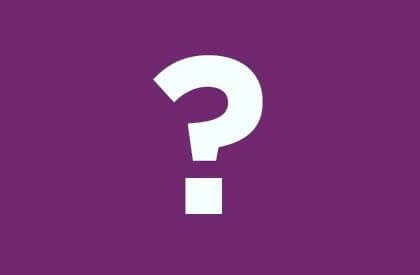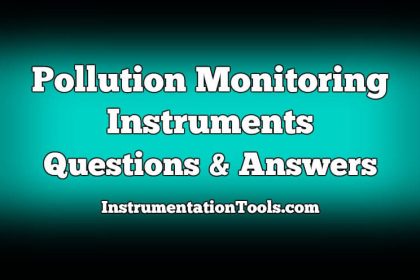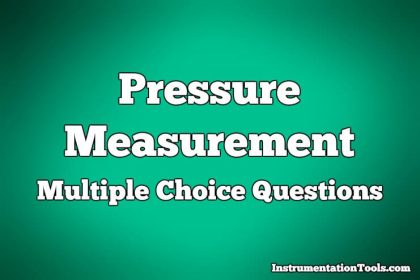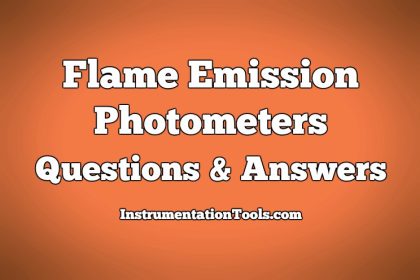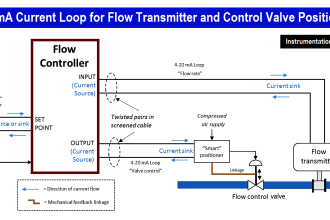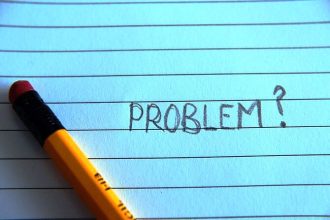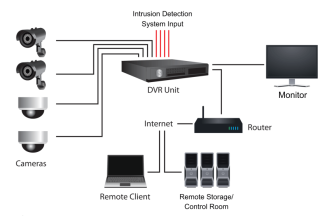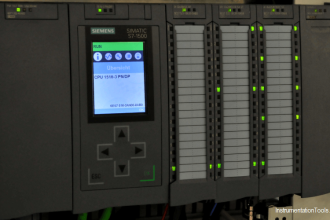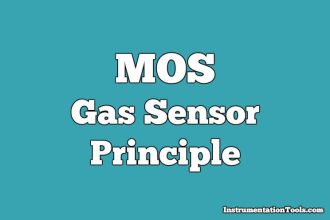Standard Test Signals Objective Questions
1. A feedback control systems has the inherent capability that its parameter can be adjusted to alter both its transient and steady state responses.
a) True
b) False
Answer: a
Explanation: Feedback’s inherent capability is that its parameter can be adjusted to alter both transient and steady state responses as together they are referred to as time responses.
2. Transient response analysis is done for_________ systems.
a) Unstable
b) Stable
c) Conditionally stable
d) Marginally stable
Answer: b
Explanation: In case the system happens to be unstable, we need not proceed with its transient response analysis.
3. The input signals to control systems are not known fully ahead of time, the characteristics of control system which suddenly strain a control system are:
a) Sudden shock
b) Sudden change
c) Constant velocity and acceleration
d) All of the mentioned
Answer: d
Explanation: System dynamic behavior for analysis and design is therefore judged and compared under standard test signals.
4. Standard test signals in control system are:
a) Impulse signal
b) Ramp signal
c) Unit step signal
d) All of the mentioned
Answer: d
Explanation: Standard test signals are impulse, ramp and unit step all of the above to test the dynamic behavior of the control system.
5. The nature of transient response is revealed by ______________
a) Sine wave
b) Cos wave
c) Tan wave
d) Test signals
Answer: d.
Explanation: The nature is dependent on system poles not on the dynamic inputs.
6. It is generally used to analyze the transient response to one of the standard test signals.
a) True
b) False
Answer: a
Explanation: For analyzing transient response mainly step is used and also other signals mainly ramp and parabolic are not used for this analysis but they are used for steady state analysis.
7. Step signal is the signal whose values is :
a) 1 for all values greater than zero
b) Indeterminate at zero
c) It is zero for time less than zero
d) All of the mentioned
Answer: d
Explanation: Step signal is the signal whose value varies from zero to level in zero time.
8. Ramp input :
a) Denotes constant velocity
b) Value increases linearly with time
c) It denotes constant velocity and varies linearly with time
d) It varies exponentially with time
Answer: c
Explanation: Ramp signal denotes constant velocity and also basic definition states that its value increases linearly with time.
9. A perfect impulse has one value at zero time instant but otherwise zero elsewhere.
a) True
b) False
Answer: b
Explanation: A perfect impulse signal has infinite value at zero but mathematically only a small pulse is taken with finite limits.
10. To find system’s response by means of convolution integral ____________ of the system is used.
a) Sum
b) Difference
c) Exponential
d) Weighing
Answer: d.
Explanation: Impulse response of a system is the inverse Laplace transfer function of its Laplace function.

